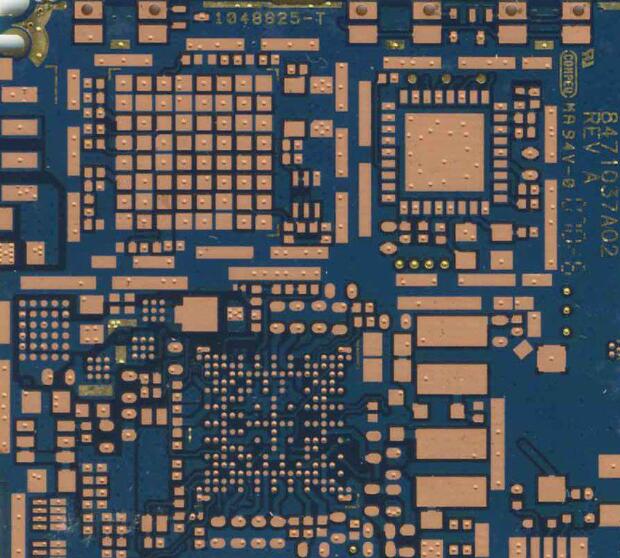Eight evaluation links of PCBA processing
The preparation process of the production plan is actually a process of balancing orders and capacity. When reviewing the PCBA processing and production plan, the production director must pay attention to the requirements and basis of plan preparation, and must consider constraints, evaluate resource allocation, and measure production capacity. This article mainly introduces the allocation of assessment resources. The following is the general process of production planning, each process point has its own assessment focus. The six constraints introduced in the "Six Major Constraints Before the Preparation of PCBA Processing and Production Plans" are the key points of evaluation for each process point.
Equipment capacity - labor efficiency - order contract - process design - material preparation - energy supply - production schedule - actual order
1. Equipment capability assessment
The focus is on the number of equipment, the type of equipment, and the condition of the equipment. In PCBA processing and production, the classification of production machines is as follows: According to the degree of automation, there are automatic machines and manual machines. These models are suitable for the production of different varieties, and the equipment evaluation is to measure and calculate the respective production capacity according to the different models, and to understand the operation of the equipment.

2. Labor efficiency evaluation
The focus is on the per-unit production quota, shift status, start-up quantity, actual per-unit production, average attendance rate, and average defective rate. Equipment capacity is not the same as the actual production capacity. According to the content listed above, the actual production capacity of different models should be calculated by category.
3. Evaluation of order contract
The focus is on the type, quantity, and delivery time of the order contract. Check whether the requirements specified in the contract match the actual production capacity and whether the production can be completed within the specified time.
4. Process design evaluation
The focus is on process requirements, product types and quantities. Check whether the varieties required for drawing up the contract adopt special processes, whether there are special components, and what is the material consumption of the product.
5. Evaluation of raw material preparation
The focus is on the quantity, variety and use time of materials. Determine whether the prepared materials can meet the needs of drawing up the contract, whether special components can be prepared before production, and whether the components that need to be reprocessed can be completed on schedule.
6. Energy supply assessment
The focus is on the supply of electricity, water and gas. Determine whether the energy supply can guarantee normal production and whether there is any special energy demand.
7. Production progress evaluation
The focus is on the implementation of the previous production plan. Understand the actual status of the production schedule and determine the number of days ahead or behind schedule.
8. Evaluation of actual orders
The focus is on the implementation of the number of orders and the preparation of production plans. On the basis of completing the previous assessments, determine the number of contracts that can be accepted, and formulate a new production plan based on the variety, quantity, and delivery time requirements of the accepted contracts.
In the eight-step evaluation, the key evaluation objects should be equipment PCB production capacity and employee work efficiency, because these two points are the fundamental factors that determine the size of the production capacity.